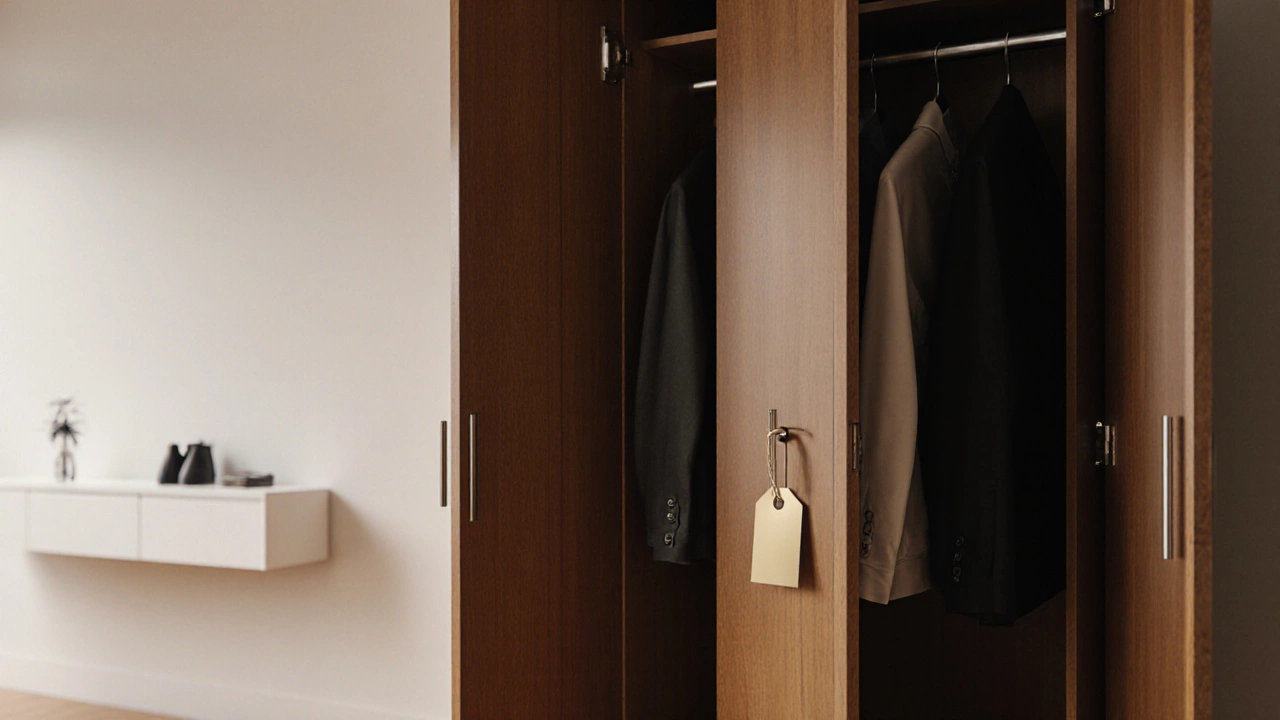
Why Are Wardrobes So Expensive? Uncover the Real Cost Drivers
Discover why wardrobes carry high price tags. Learn how materials, hardware, customization, and logistics affect cost, and get tips to save money without compromising quality.
When working with expensive wardrobes, high‑end storage units built from premium materials and crafted for lasting performance. Also known as luxury wardrobes, they serve a similar role to armoires and closets, but focus on upscale finishes and durability. As a subset of storage furniture, they often integrate built‑in lighting, mirrored doors, and modular interiors.
Expensive wardrobes aren’t just bigger price tags; they embody three core attributes. First, the material palette – solid hardwoods like oak or walnut, metal fittings that resist corrosion, and high‑grade laminates that hide scratches. Second, craftsmanship – dovetail joints, hand‑finished surfaces, and precision hardware that lasts decades. Third, design flexibility – adjustable shelves, pull‑out drawers, and hidden compartments that adapt to changing storage needs. Together these traits form a semantic triple: expensive wardrobes require premium materials, provide long‑term value, and enhance bedroom aesthetics.
When you compare an armoire to an closet, the distinction is clear. An armoire is a freestanding, tall piece that often doubles as a decorative focal point, while a closet is typically built‑in, hidden behind wall panels. Expensive wardrobes blend the visual impact of an armoire with the seamless integration of a closet, delivering the best of both worlds. This relationship creates another semantic link: armoires influence the aesthetic language of expensive wardrobes, and closets complement them in functional organization.
Beyond looks, the internal layout sets them apart. Luxury wardrobes frequently include temperature‑controlled compartments for delicate fabrics, specialized lighting that reduces shadows, and smart accessories like RFID tags for inventory tracking. These features turn a simple storage piece into a technology‑enhanced hub, aligning with the broader storage furniture ecosystem that supports both home and educational environments. The ecosystem relationship can be summed up as: expensive wardrobes are a premium segment of storage furniture that requires advanced accessories.
Choosing the right piece means weighing budget, space, and intended use. Look for certifications that guarantee material sustainability, read reviews that highlight long‑term durability, and measure your room to avoid clearance issues. Many buyers start with the “wardrobe vs armoire” guide to understand size implications, then move to the “wardrobe vs closet” article for installation tips. By following this logical path, you’ll avoid common pitfalls and end up with a piece that not only stores clothes but also elevates the room’s vibe.
Below you’ll find a curated collection of articles that dive deeper into each of these aspects – from comparing wardrobes with armoires and closets, to smart storage ideas and buying‑time recommendations. Browse the posts to get practical advice, design inspiration, and expert checklists that will help you decide if an expensive wardrobe fits your space and lifestyle.

Discover why wardrobes carry high price tags. Learn how materials, hardware, customization, and logistics affect cost, and get tips to save money without compromising quality.